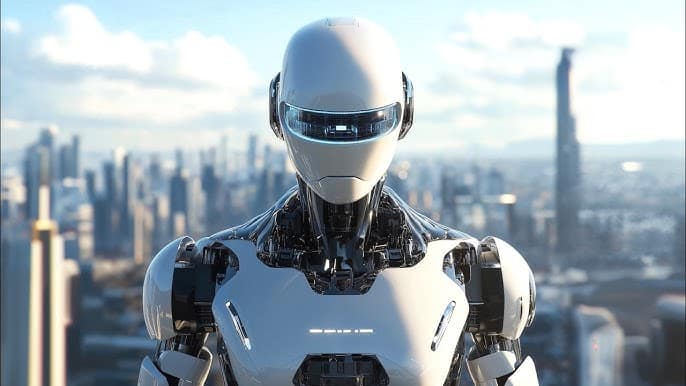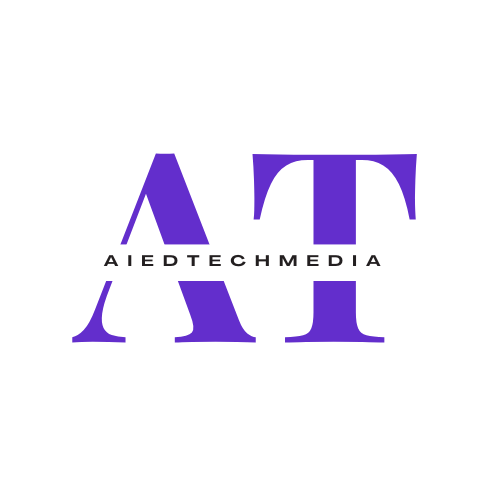Nvidia’s development of the Jetson Thor compact computers is not just a technological milestone but a potential game-changer for humanity. These advanced systems, designed to support humanoid robots, have the capacity to redefine how humans interact with machines and solve real-world problems. Humanoid robots powered by Nvidia’s technology can replicate human-like behaviors, perform complex tasks, and operate in environments once considered beyond the reach of automation. This opens up possibilities in critical fields like healthcare, where robots could act as caregivers for aging populations, providing companionship and assistance with daily activities while reducing the burden on healthcare workers. They could also be deployed in remote areas to deliver medical services or respond to emergencies where human access is challenging.

In education, humanoid robots could revolutionize learning by offering personalized teaching, engaging with students in interactive ways, and catering to diverse learning styles. Similarly, in disaster response, these robots could navigate hazardous zones, conduct search-and-rescue operations, and deliver supplies, saving countless lives while minimizing risks to human responders. The integration of generative AI models and simulation-based training ensures that these robots are not only task-efficient but also adaptive, capable of learning from experience to perform better over time.
In industries like manufacturing and logistics, Nvidia’s technology could enable robots to handle intricate processes with precision, reducing human exposure to dangerous environments and significantly boosting efficiency. In homes, humanoid robots could become invaluable assistants, handling chores, caring for children, or providing support to individuals with disabilities, promoting greater independence and quality of life.
Beyond their immediate applications, these robots could play a critical role in addressing global challenges. For instance, they could support sustainability efforts by optimizing energy use in factories or assisting in environmental conservation projects like reforestation or waste management. Their ability to work tirelessly and accurately could reshape economies, addressing labor shortages and allowing humans to focus on more creative and strategic endeavors.
Nvidia’s strategic move also democratizes access to advanced robotics technology, empowering smaller innovators to develop niche applications for various needs. This fosters a culture of innovation, as startups and researchers gain the tools to create robots tailored to specific problems. The ripple effect of this democratization is enormous, as it accelerates the pace of technological advancement and broadens the scope of what robots can achieve.
While Nvidia’s push into robotics is motivated partly by the need to diversify as major customers like Amazon and Google develop their own AI solutions, the broader implications of this move extend far beyond corporate strategy. By enabling the widespread adoption of humanoid robots, Nvidia is paving the way for a future where humans and machines collaborate seamlessly, enhancing productivity, addressing pressing societal challenges, and ultimately improving the quality of life on a global scale.

